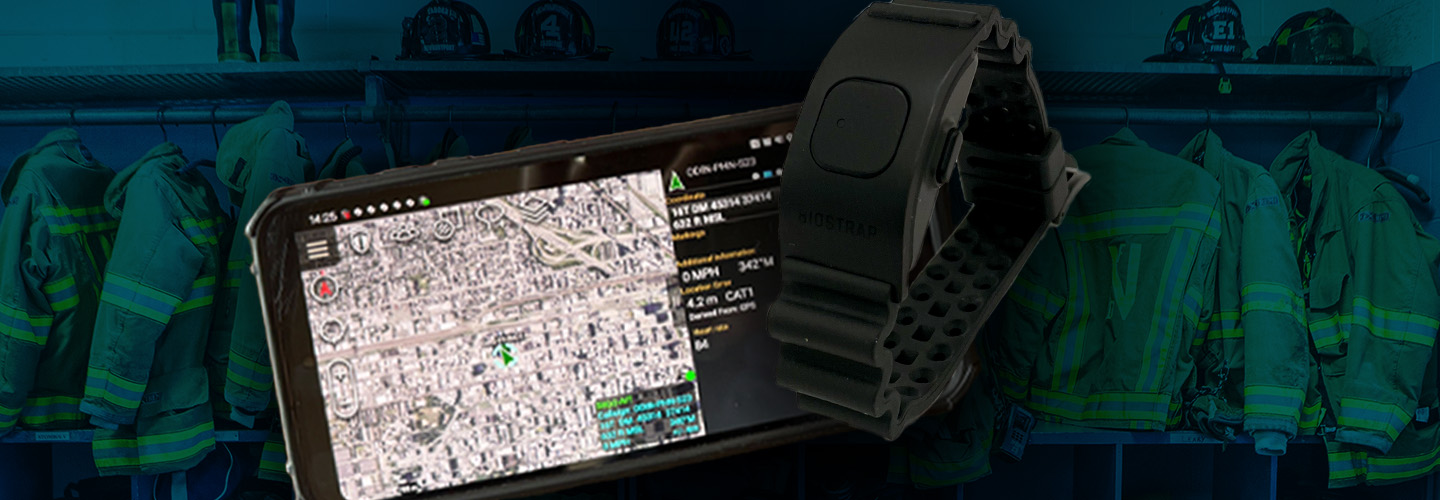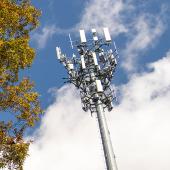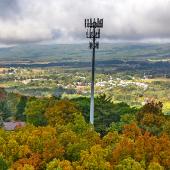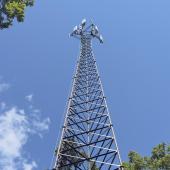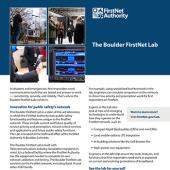On-duty firefighters die from sudden cardiac events at twice the rate of law enforcement officers and four times the rate of other emergency responders. Early detection can help save lives by catching warning signs of heart trouble before it’s too late.
The District of Columbia Fire and EMS Department is testing a wearable device to track the cardiac health of its training class. Deputy Fire Chief Shawn Downs, who leads the department’s Health and Safety Division, shared what DC Fire and EMS is learning from the pilot program and what they hope to achieve.
Nexus of firefighter safety and technology
The intersection of firefighter safety and technology has always been of interest to Deputy Chief Downs. “Since taking on my current role three years ago, we have exponentially expanded the entire Health and Safety Division in DC Fire and EMS.”
Firefighters do dangerous and rigorous work — putting themselves in harm’s way while performing physically demanding tasks. It’s the nature of the job. Yet most deaths on duty aren’t directly caused by fire or smoke inhalation. Sudden cardiac events are the top cause of firefighter death.
Knowing this, Deputy Chief Downs said, “We should be attacking the largest piece of the pie with the most vigor. Safety in the fire service can sometimes be reactive, and we really need to get to the proactive side.”
Early detection of cardiac events
After three firefighters in DC Fire and EMS experienced serious cardiac events within one year, Deputy Chief Downs knew it was time for action. He partnered with two companies to pioneer a way to capture biometric data to provide warning before an adverse health event occurs.
“My goal is to set levels to predict or at least be able to do early detection of a health issue that's cardiac in nature,” he said.
Deputy Chief Downs worked with a biometrics tech company called Ascent Tech to develop a wearable device. Their first prototype was a helmet-mounted device. This form factor solved one issue, but Deputy Chief Downs knew it wasn’t practical for firefighters in his agency. The next iteration of the device attached to the strap of a self-contained breathing apparatus, which was more practical. They continued evolving the device to have the greatest operational relevance — technology is only useful when firefighters understand its value and can easily use it on the job. The device is now in its final design stages as a faceless wrist-mounted wearable to help address cardiac issues.
The wrist wearable captures biometric data like heart rate, heart rate variability, respiratory rate, and sleep quality. Taken together, this data can signal if conditions exist for a firefighter to experience a cardiac event.
Trainers presented an incoming class of 55 recruits — one of the agency’s largest ever — with the option of testing the wearable during their time in training. Every recruit volunteered to wear the device 24 hours a day, 7 days a week.
“That really encourages me for the future of this,” said Deputy Chief Downs. “Our biggest win is actually doing the pilot, but another big win is the preliminary data we're getting and the engagement, eagerness, and willingness of the recruits to be part of the solution.”
Implementing responsibly and ethically
While the benefits of a wearable device to firefighter health and safety are a big win, individual privacy rights also must be considered.
Alex Gorsuch is Chief Technology Officer and Co-Founder of Ascent Integrated Tech, the company developing the wearable integration being tested by DC Fire and EMS. He is also Chair of the International Association of Fire Chief’s Technology Council Wearables Subcommittee.
Gorsuch understands the need for the technology to have anonymity, saying, “In step with the IAFC Firefighter Bill of Rights, no data can be tied back to the individual. We have to implement wearables responsibly and ethically.”
He believes when biometrics are done right, the fire service will see a big leap in preventing firefighter death and ensuring health and safety.
“Biometric alerting in a robust, secure, anonymized manner, bundled with location, can reduce rapid intervention times, save lives, and protect the most important response tool — the firefighter,” he said.
Connectivity where the firefighter goes
Looking to a future when firefighter wearables are used in real-life scenarios, connectivity for the devices will be important.
Gorsuch said that as they develop the technology, they are looking at connectivity options that meet the needs of public safety. “FirstNet is the best band for this because of its ubiquity and because of the connected modules,” he said.
During the testing phase for DC Fire and EMS, the wearables are connected via the training academy’s Wi-Fi. If they roll out wearables beyond the academy, they will determine the best way to keep wearables connected in the field.
The agency currently uses FirstNet to connect their smartphones, apparatus, and other technologies. Deputy Chief Downs said, “FirstNet ensures uninterrupted communication 24/7/365 so that our firefighters, EMTs, and paramedics can have adequate communication when they need it most.”
To learn more about how FirstNet is helping public safety and the fire services community to leverage innovative public safety communications, sign up for the Fire Take newsletter.


